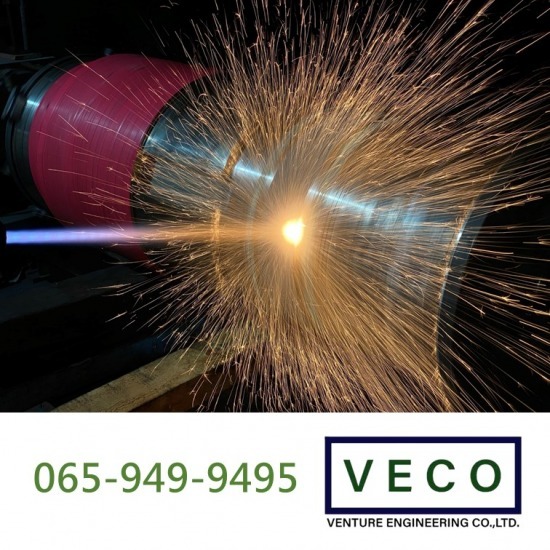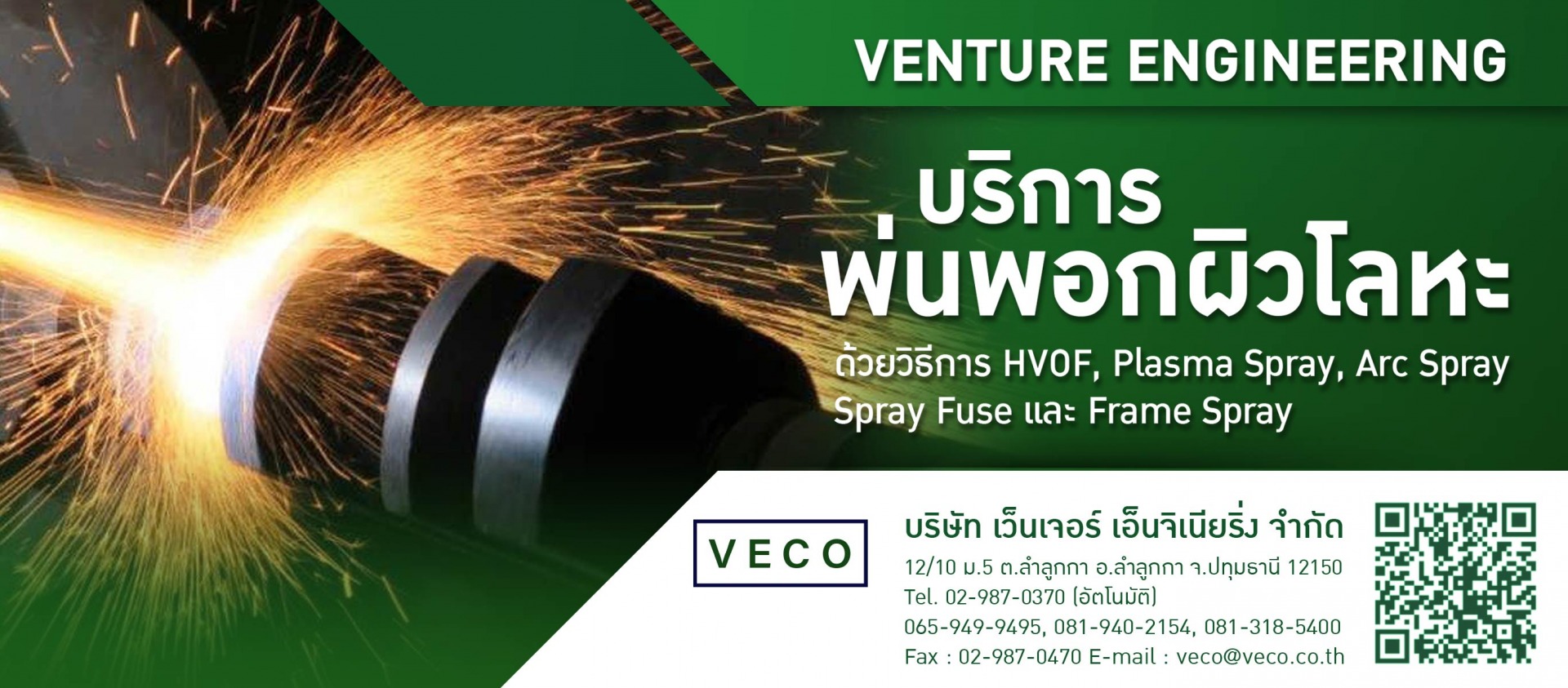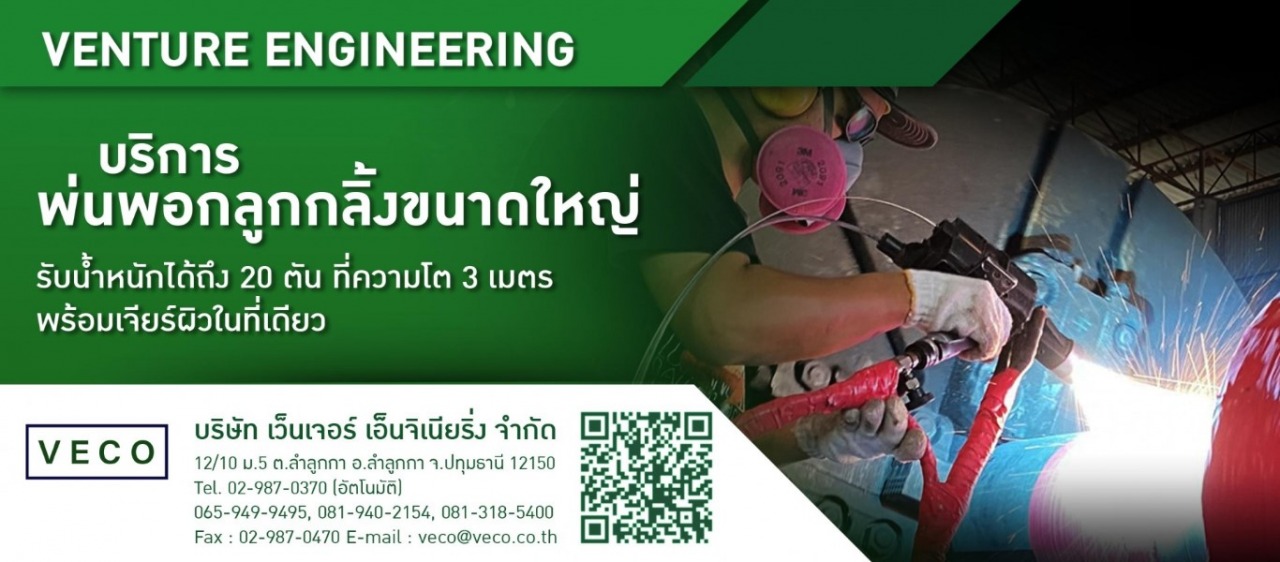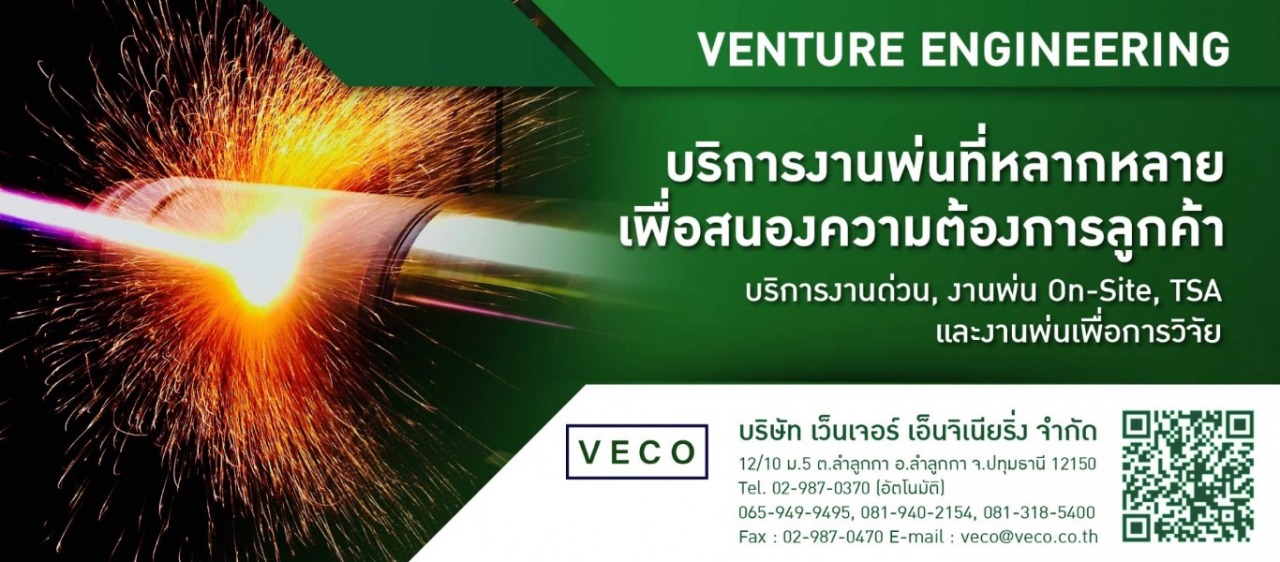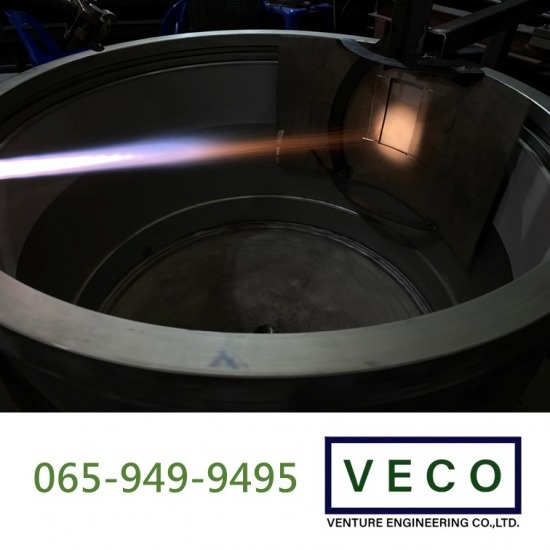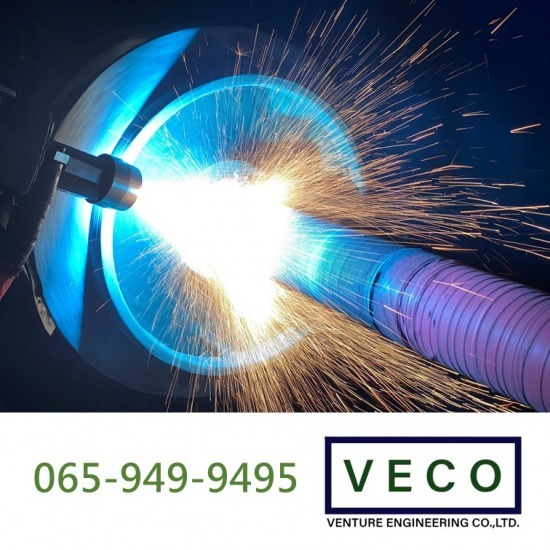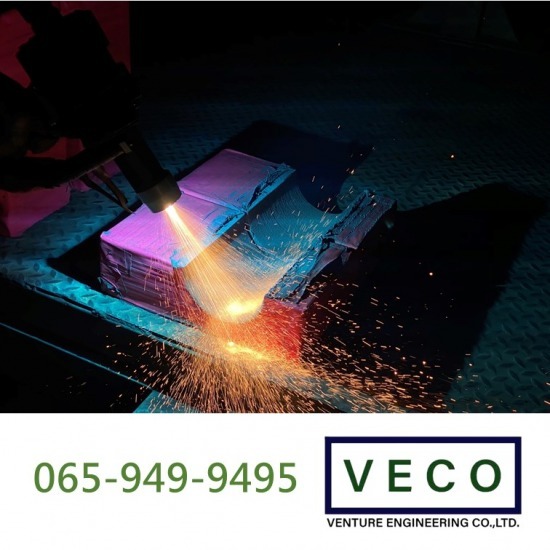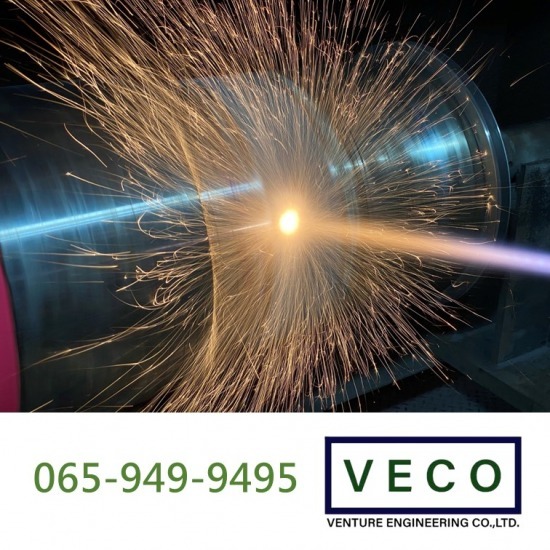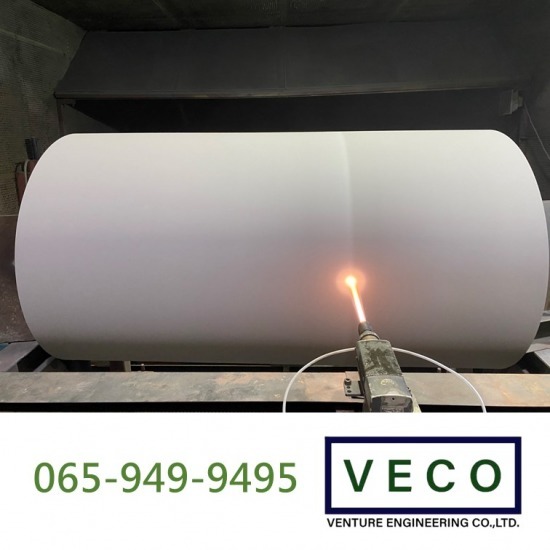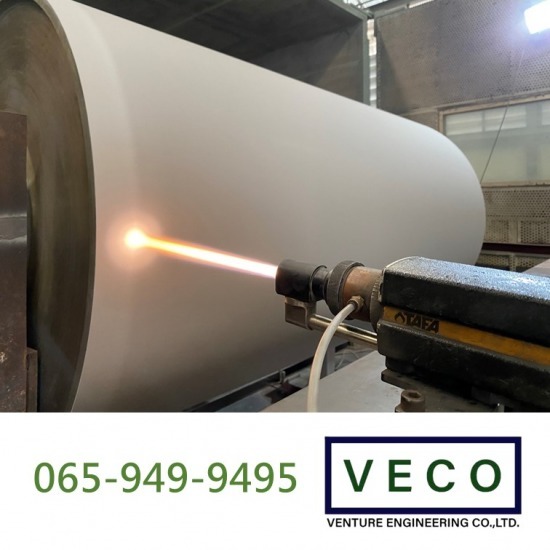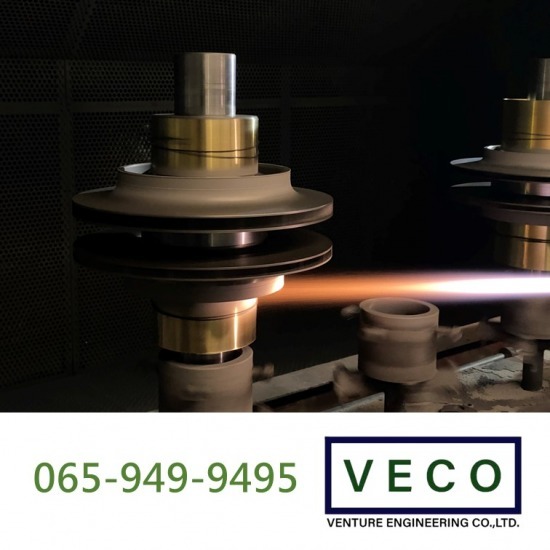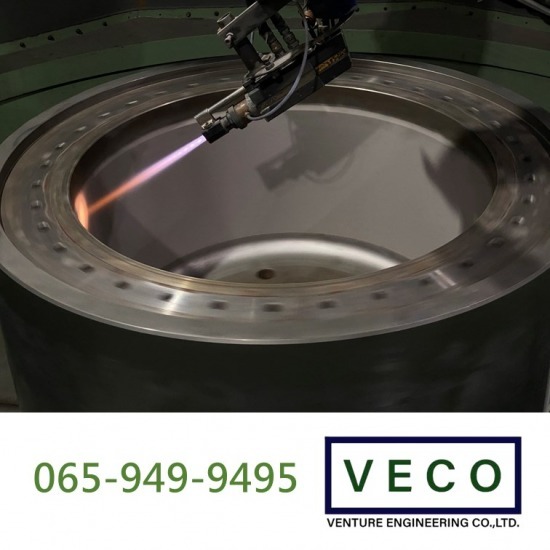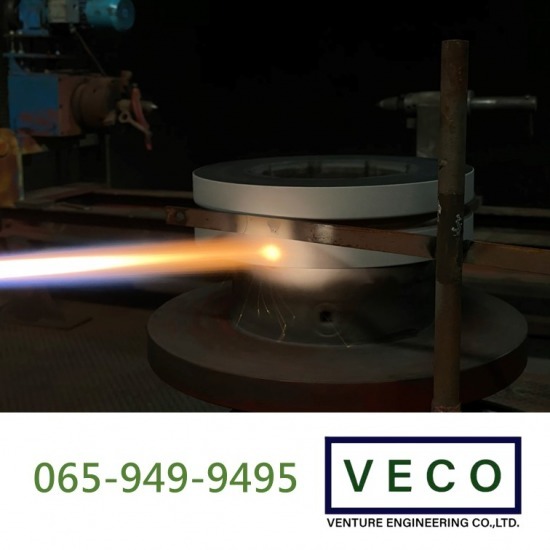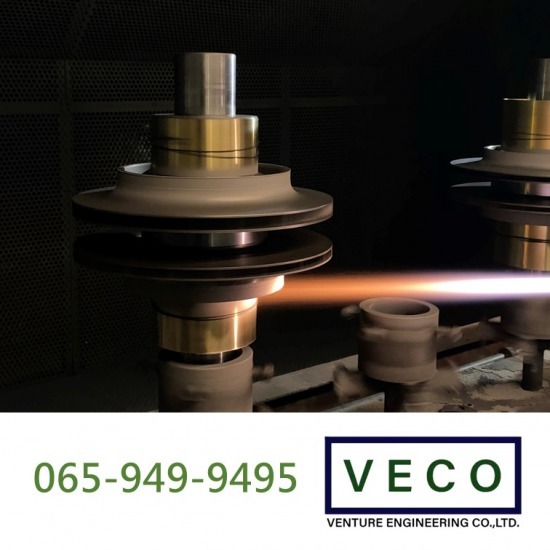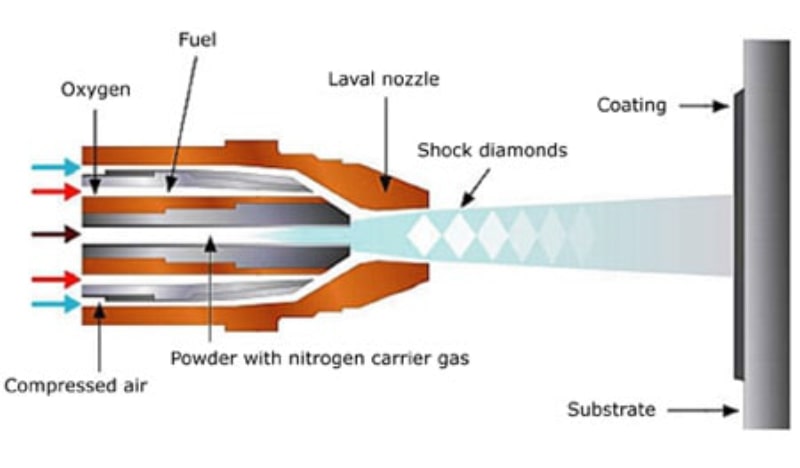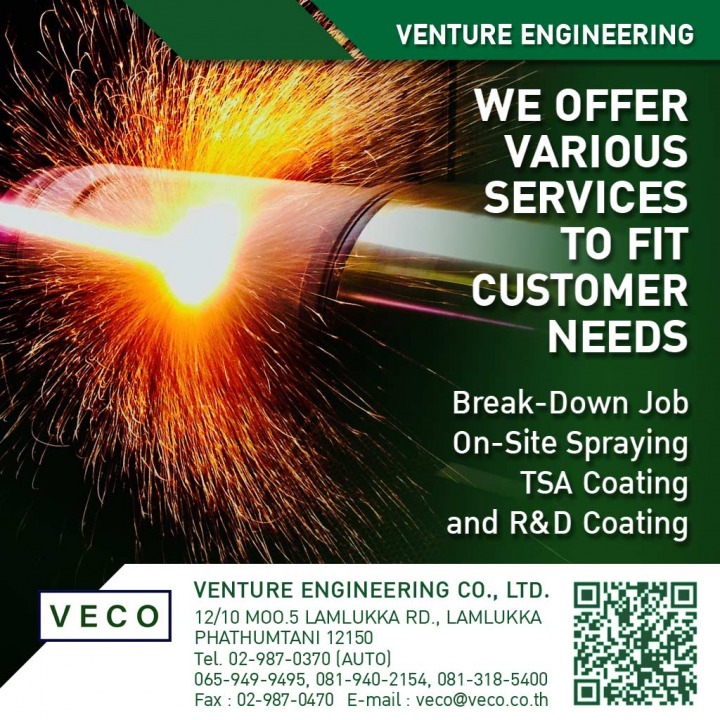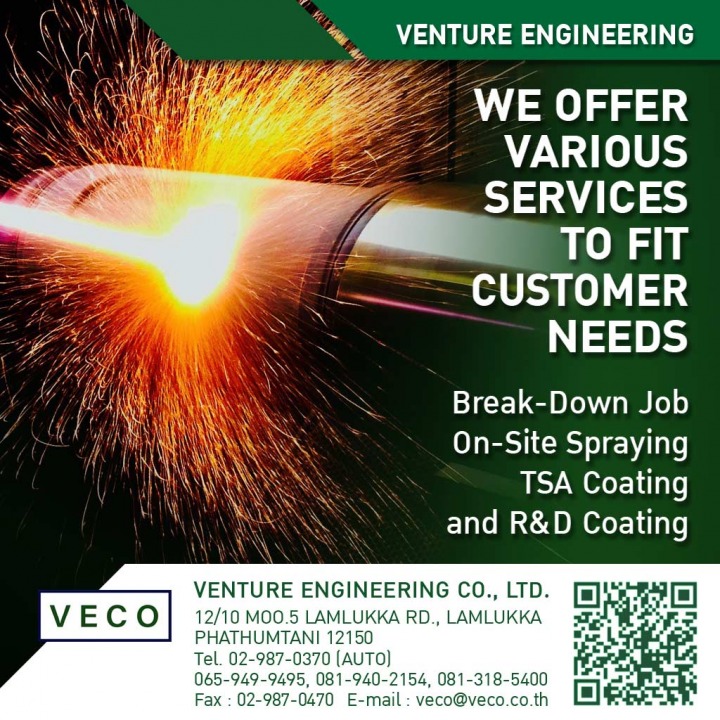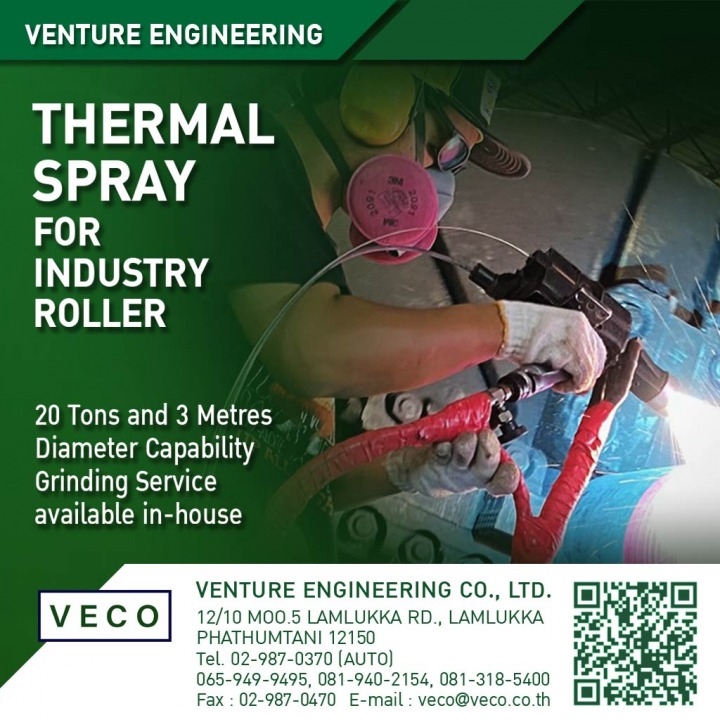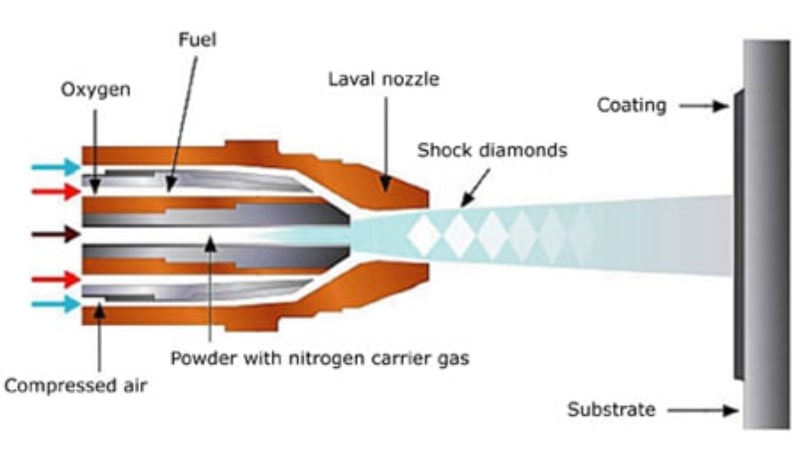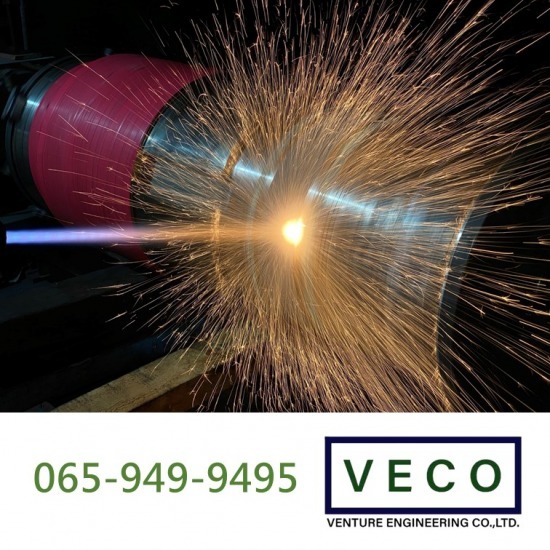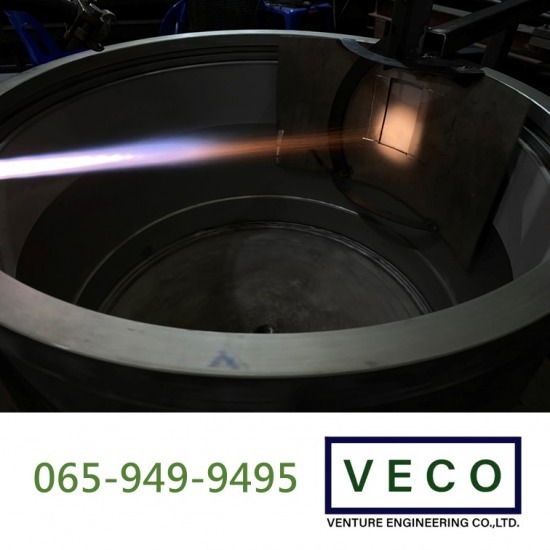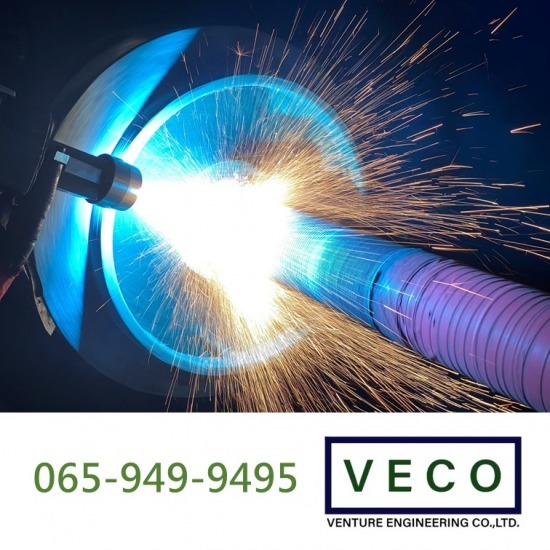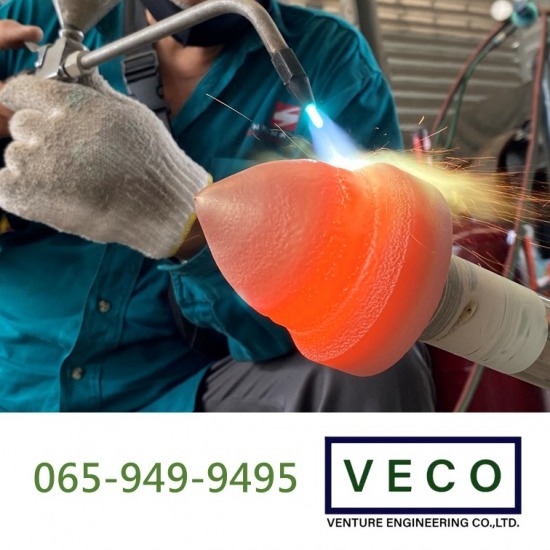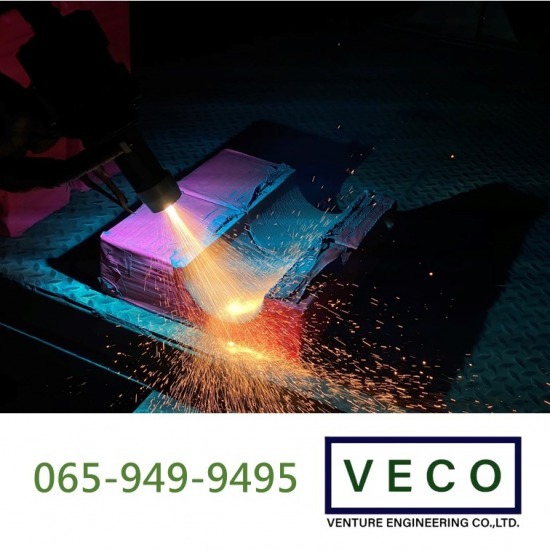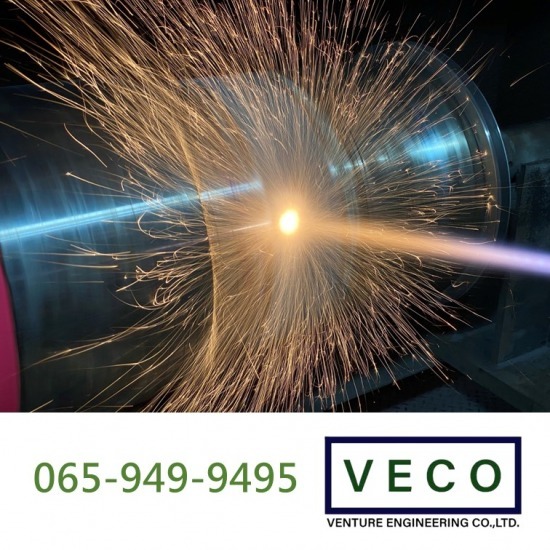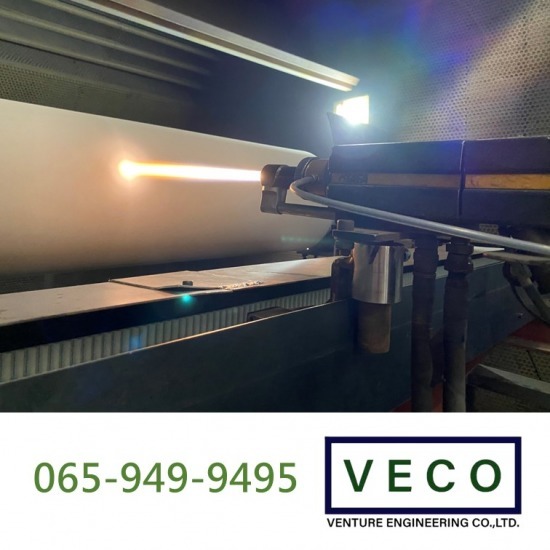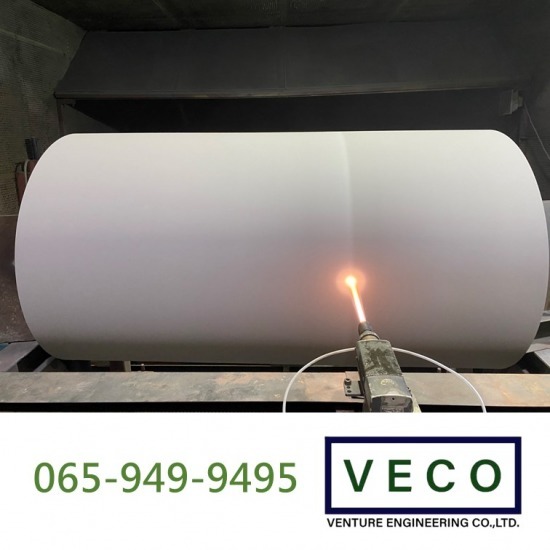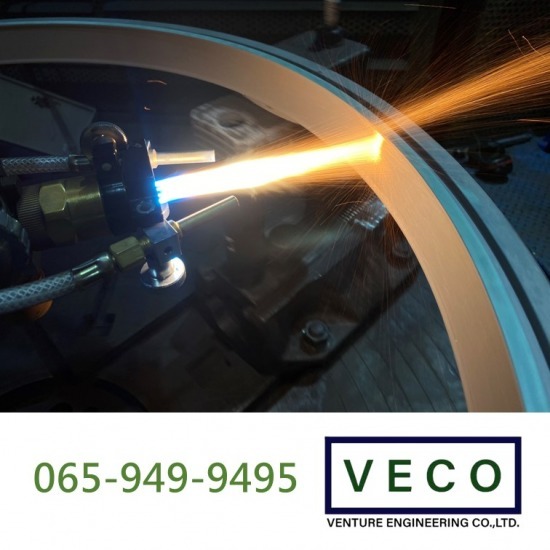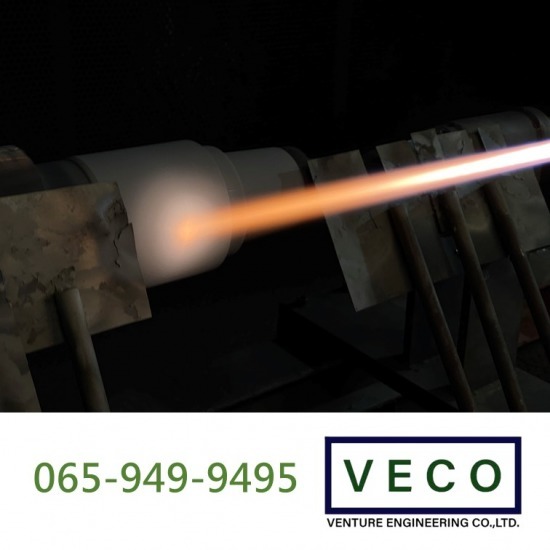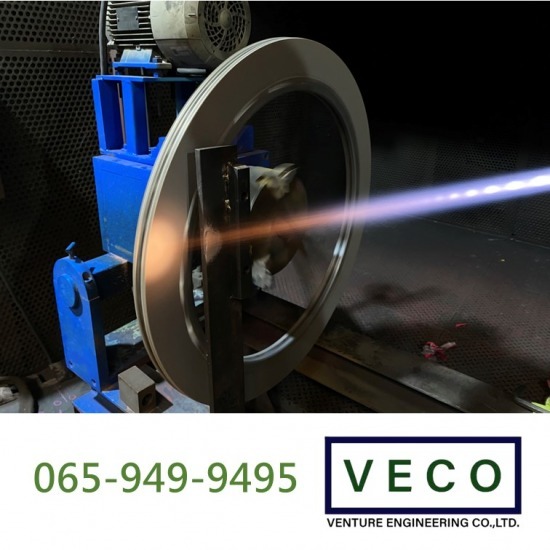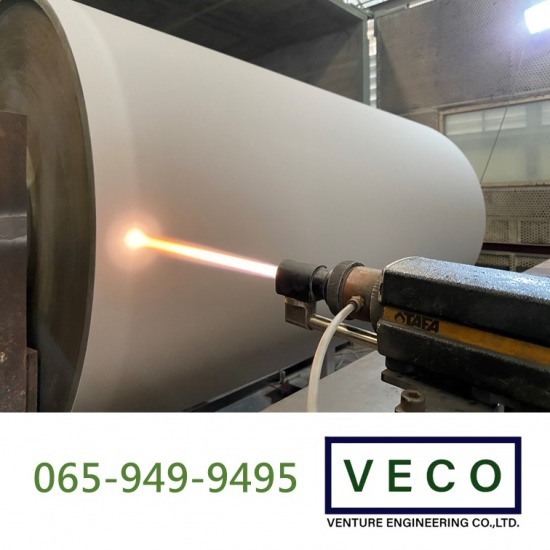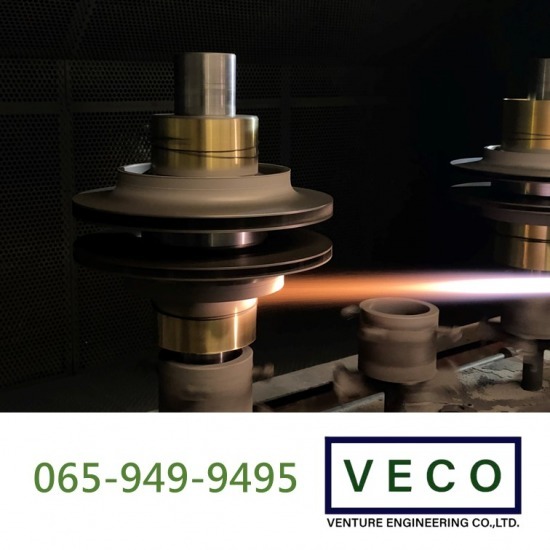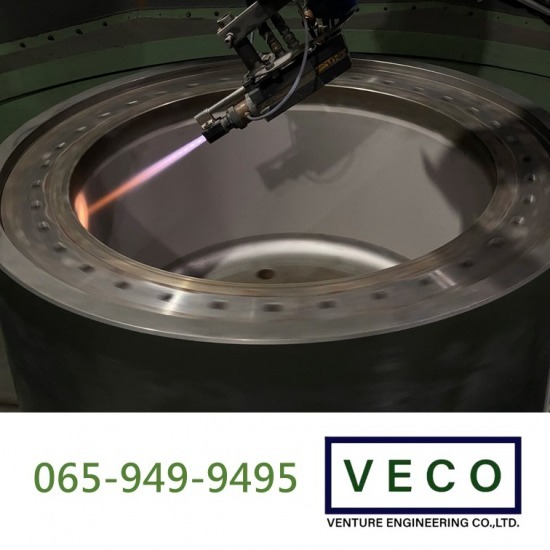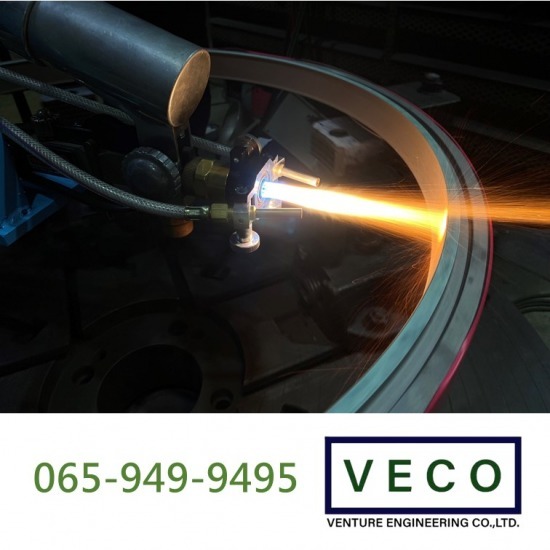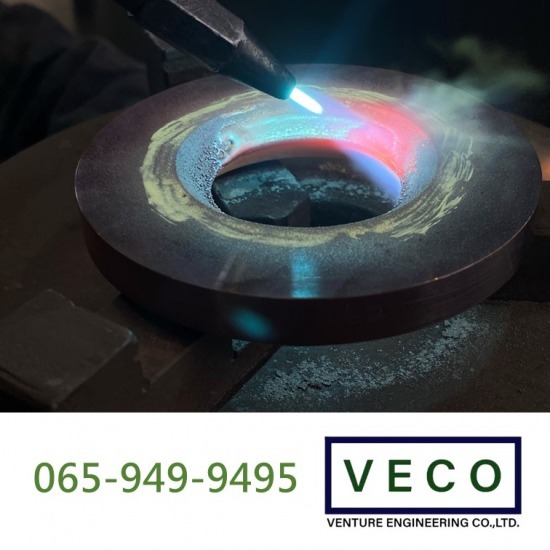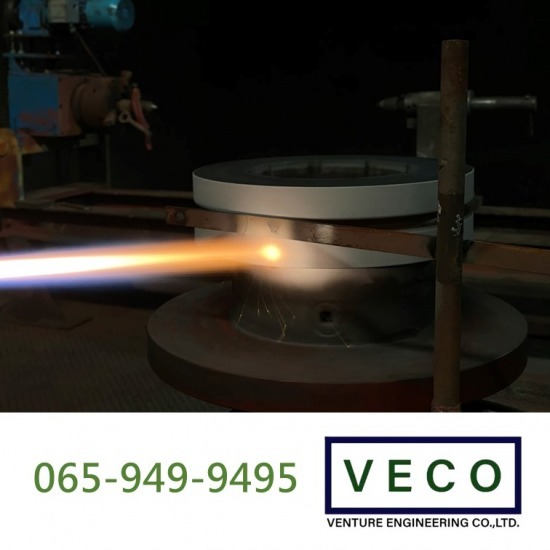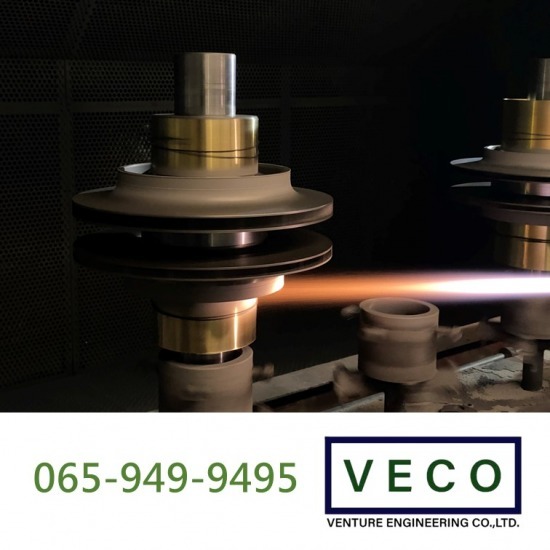HVOF Spray Solutions
HVOF is our most versatile spray solution. Almost any part is a good candidate for HVOF, so it is up to the customer to determine if the additional corrosion and wear protection is required over flame, arc or plasma spray. HVOF excels at thinner coatings and meeting tight machine tolerances. Some of the common parts sprayed via HVOF at HTS Coatings are print rollers, pump sleeves, ball valves and even some hydraulic shafts.

Plasma Spray
What is plasma spray Plasma spray is a high heat thermal spray system that combines technical aspects of both flame and arc spray. Plasma spray systems were the first systems capable of creating a high enough flame temperature to reliably apply carbide coatings. This high heat is the main benefit of plasma spray and allows for the application of ceramic coatings. Plasma spray uses an electrical arc to dissociate and ionize hydrogen and argon gases. The plasma spray gun injects powder into this spray stream to apply various types of coatings.
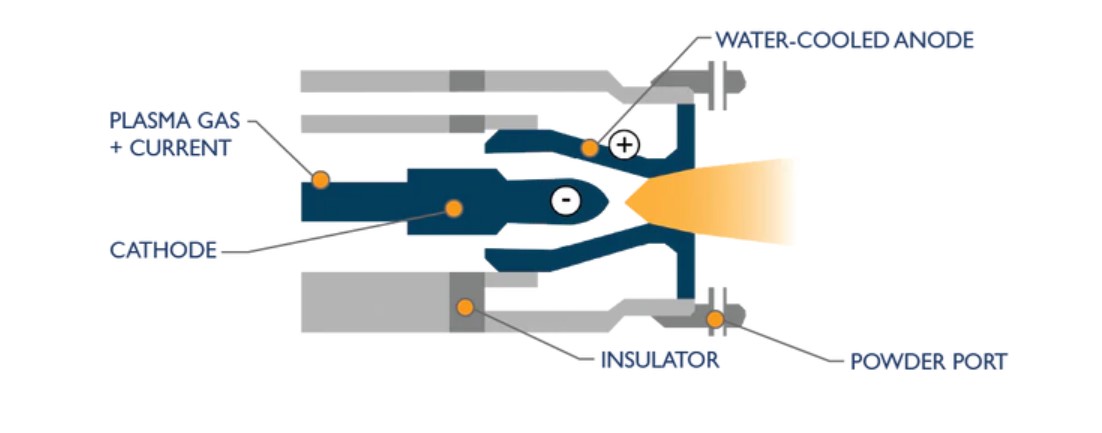
Arc Spray
What is arc spray Arc spray uses electricity and the heat of a current arc to melt wire material. Arc thermal spray systems continuously feed two wires into a gun assembly where the wire is heated. These two wires can be the same material or two different materials. This includes the use of cored wire to form special alloys for better wear or corrosion characteristics. Compressed air propels the coating onto the desired surface creating a durable metal coating. Due to the high heat and spray velocity, arc coatings can be laid down quickly and economically.
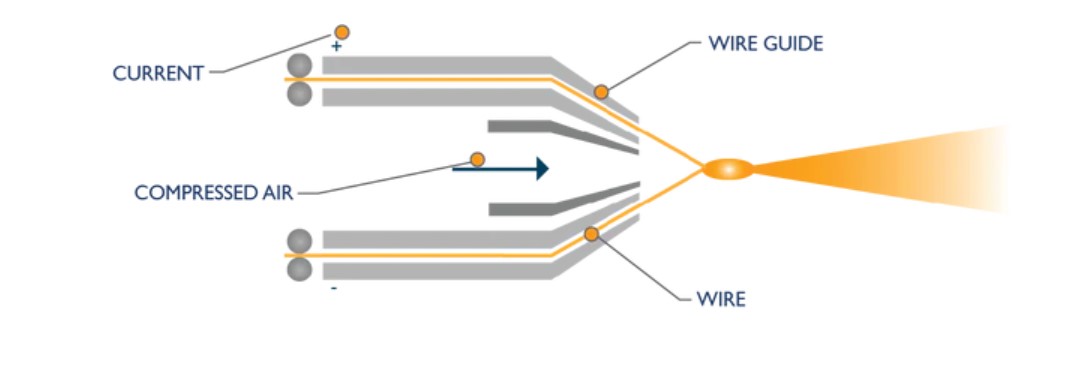
Flame Spray
What is flame spray Flame spray coating is the most basic form of thermal spray and one of the oldest. It's tried and true techniques provide great restoration for damaged machine parts. Flame spray at HTS Coatings is typically performed using oxygen and acetylene and can be sprayed with either wire or powder materials. Flame spray melts these materials in the combustion stream and applies the material to the part.

Spray and Fuse Coatings
What is spray and fuse Spray and fuse uses high heat to increase the bond between the thermal spray coating and the substrate of the part. Unlike other types of thermal spray, spray and fuse creates a metallurgical bond between the coating and the surface. This means that instead of relying on friction for coating adhesion, it melds the surface and coating material into one material. Spray and fuse is the difference between adhesion and cohesion.

